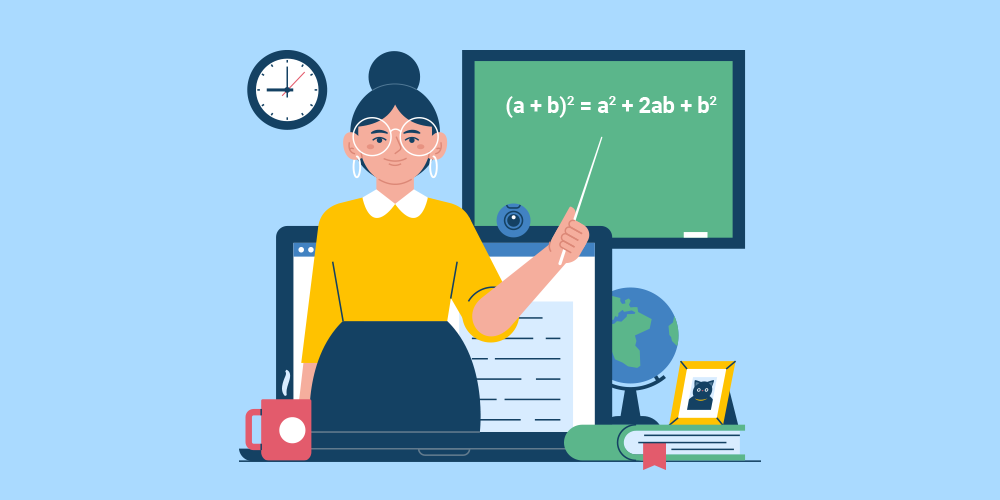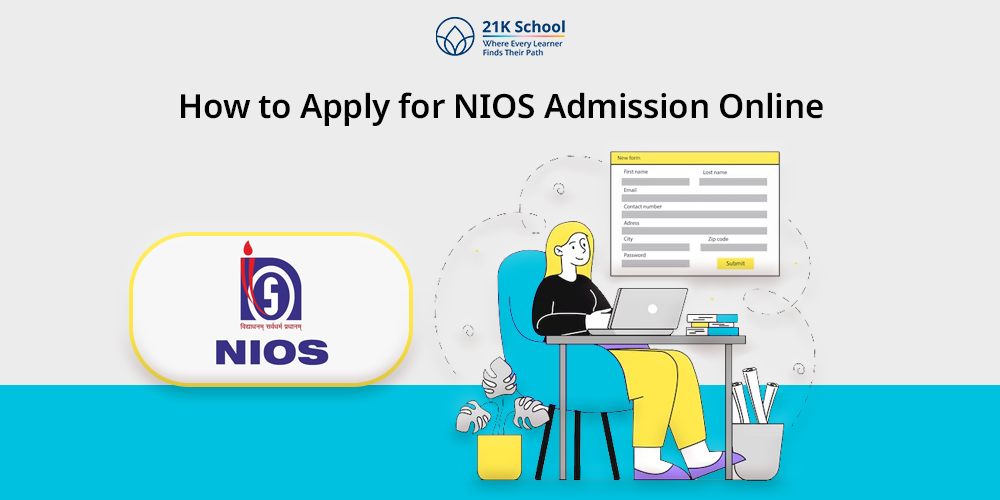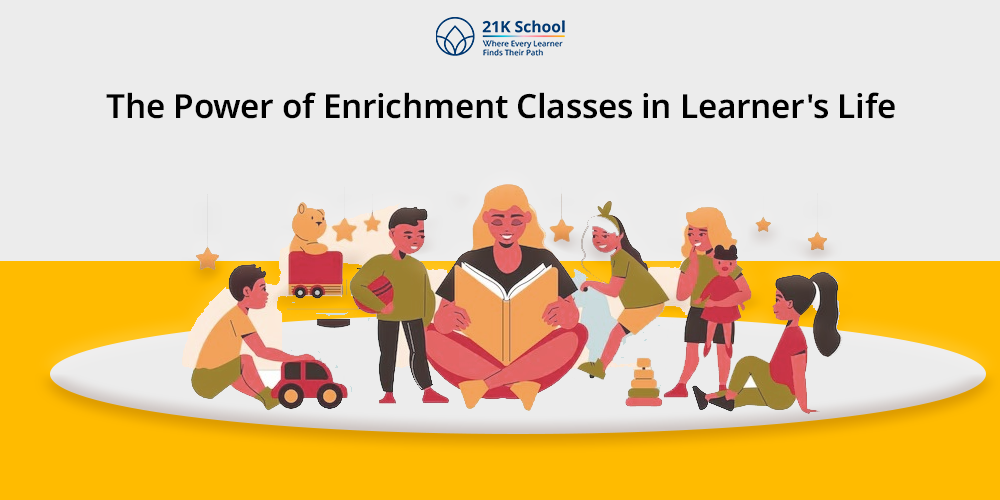
With the tech-driven world we have today, it is no surprise that there is Artificial Intelligence (AI) in almost every industry and even a field like education.
The education sector has rather had a revamp, with the launch of ChatGPT by OpenAI; this AI language model is creating innovative solutions for teachers as well as Students.
The idea behind this is how we can create something that uses natural language, produces responses in a humanistic manner, and be able to undertake tasks such as answering questions or breaking down hard concepts.
ChatGPT is being used by teachers all around the world to improve their way of teaching that align with new world requirements. From planning lessons, taking creative suggestions, grammar checking, and all sorts of things that make learning engaging, effective, and interactive.
Students, students too, are using it to research things better, do their homework right, and learn tough topics conveniently. But the question is, how well does it work in practice as an educational tool in the classroom?
Will it be a chance to allow teachers to more easily engage in instruction? Is it going to create an environment where students find learning more interesting? How Difficult Is It to Implement AI in Education?
In this blog, we will cover how ChatGPT is revolutionising the education field and what makes it an excellent tool for not just teachers but students too; as well as some challenges that educators or learners might face.
Table of Contents
What is ChatGPT?
ChatGPT is a really sophisticated language model and it has been created by OpenAI to interact with users in an almost conversational way. It can comprehend natural language input as well as generate educated responses within a large number of topics.
In short, since it is trained with a huge data corpus from books, articles, and other forms of written content, it can answer questions that sound like human conversation.
ChatGPT as a virtual assistant in Education for teachers & students? It can be asked to write content for lessons, support in creating test questions, and the summary of long papers for teachers.
However, students can utilise it to resolve concerns as well, dig deeper into difficult topics, or maybe gather information for initial research on their projects.
Even if ChatGPT does not give all the right answers, it acts more like a stopgap measure to efficiently deliver information — hence can be perfect for educational environments that are looking high on productivity and efficiency.
How Teachers are Using AI in Education?
Opening up a plethora of possibilities, AI—especially ChatGPT —has made the life of teachers easier in many ways, enabling effective teaching. Here are some highlights of specific application scenarios where educators use ChatGPT the most.
1. Content creation
Students and teachers are overloaded with lesson preparations, it could take teachers several hours to prepare their lessons if they have a heavy timetable.
ChatGPT actually makes it easy for teachers to develop learning material in a relatively short time.
For instance, if a teacher wants a quiz on the recent history lesson given in the class, he or she can easily ask ChatGPT to come up with multiple-choice questions for the topic in question.
ChatGPT can be used to input a brief definition, generate a brief description, or even a brief example for any concept.
Thus less of our precious time teaching hours are wasted thus; time normally spent on repetitive tasks is spared and teachers can spend the extra time improving their delivery methods.
2. Grammar and Writing check
When it comes to grammar, spelling, and syntax, ChatGPT is rather accurate at detecting it. In subjects where writing is involved, for example, English or literature, teachers can plug in ChatGPT to grade student’s assignments on written work within a short span of time.
It can identify such things as wrong grammar, less proper word choice, or shifting from serious to humorous without realising it, letting the teachers correct their mistakes quicker.
This function is very beneficial to language teachers as it guarantees that the students have access to feedback on their work almost immediately.
3. Grading
Assigning grades involves a lot of time consumption. ChatGPT, for example, can help grades by giving preliminary assessments to a written assignment or brief answers.
For example, teachers can present ChatGPT with writing and request it to give evaluation codes in an arena of readability, cohesiveness, and writing mechanics.
As much as it may not act as a replacement to the feedback from the teacher which is formal except, for instance, the number of assignments a teacher needs to grade in large classes cannot be easily managed, and hence ChatGPT can complement grading by easing the process.
Such use of AI helps teachers to spare some time for higher analysis and come up with additional individual advice.
4. Lesson Planning
Developing a lesson plan which can effectively support learning objective and educational frameworks is a process that demands time and effort. Selecting the topic and activity.
With the help of ChatGPT, teachers will be able to receive recommendations concerning the topic to be covered, as well as recommendations concerning the kinds of activities that would be best to implement with the given students, as well as the correct pacing for the lesson.
Utilising a simple input of a teacher intending to teach a lesson in Biology, ChatGPT is able to recommend basic ideas to touch on, major topics to discuss, or even examples of fun class assignments to include.
This saves time that would otherwise be utilised by teachers to develop a lesson plan from scratch which in turn, makes it easier to enhance the class performance by developing an interesting and effective teaching lesson plan with no extra effort of preparing each aspect separately.
5. Designing syllabus outline
The syllabification process involves topic selection, learning objectives and assessments planning. From the curricular aspect, ChatGPT can assist teachers develop a properly structured syllabus by suggesting a means of achieving curriculum coverage.
Such aspects as course duration, learning goals, and course focus can be entered by the teacher and ChatGPT will assist in planning.
This serves the purpose best in complex concepts since it enhances comprehensive coverage of the concepts, which may easily be missed.
How is ChatGPT Beneficial for Students?
In addressing the students, AI has the capacity to cause students to gain more abilities on their own by extending enhanced reach to material and individualised learning. Here’s how students can benefit :
1. Research
Research can be quite taxing for a number of reasons, but perhaps most so when a number of students require that they refresh their memory on lots of information with respect to the given topic.
Such tasks can be simplified by ChatGPT by giving an outline, a brief, a brief definition, and sources to read more about a topic.
For instance, if a learner is writing an assignment to investigate the factors that contribute to climate change, ChatGPT may elaborate on them, recommend articles or studies and define difficult terms.
This saves a lot of time that students would have spent looking for information and allows them to focus on information they need faster.
2. Making complex things easy to understand
It is hard for students to understand complicated concepts in any subject including mathematics, science or history. Further, ChatGPT redefines these concepts, making them easier to understand.
If a student finds it challenging to grasp a concept as broad as how algebra works or the French Revolution, they can always ask ChatGPT to explain, and in words that even a layman would understand.
This makes it easier for students to grasp complex ideas without feeling overwhelmed, boosting their confidence and interest in the subject.
3. Help with homework
Home work can also be stressful since it may present questions or problems which students find hard to solve. Some of the possible use cases of Chat GPT include: In mathematics, ChatGPT can help students to solve their homework by illustrating procedures, step by step.
For example, if a student has a problem doing a task in science they can visit ChatGPT on how to understand the problem and solve it.
This support assists the students to be more confident of their ability to do their work and this becomes vital especially to home schooled students or those learning online where personal consultation with their teachers may not be available.
4. Language learning
Acquiring a new language or enhancing the existing language is always a difficult task, but ChatGPT can help translate a text or correct grammatical mistakes or even help build vocabulary.
For instance, if a student has decided to learn Spanish, he can turn to ChatGPT for translation of words, constructing the sentences and feedback about the grammar.
They also benefited from context and sentence usage making conversation easier where chatGPT brings it by assisting the students in understanding the practical use of the language they are learning.
What are the Challenges Of Using ChatGPT?
While ChatGPT offers numerous advantages, it’s essential to consider its limitations. Relying on AI tools also brings certain challenges that teachers and students need to be aware of:
1. Stops you from being creative & original with content
The main disadvantage, which arises when using ChatGPT is that students may become less creative and innovative as a result.
Thus, when students simply use AI applications to come up with creative concepts or organise tasks, the value of practising their individual critical thinking and problem-solving skills get compromised..
Teachers should not allow ChatGPT to be the only source of ideas and concepts that dominate a student’s paper but should guide the learners to use the tool as a supplementary to ensure every student writes their work in their original style.
2. Accuracy and reliability problems
Like most AI language models, ChatGPT relies on large datasets and language models, hence it may not always be correct or up to date. It often delivers bits of data which is outdated, incorrect, or just plain wrong.
Teachers and learners should always double-check the information gathered with Gazetteer data since ChatGPT can only offer an initial place to begin.
This keeps the student informed on how they can ascertain the truth of the information they are receiving and sources they can verify it from apart from the artificial intelligence technology.
3. Dependency and the risk of overreliance on AI in education
Over Reliance on AI leads to dependence where students and even educators depend on ChatGPT for assignments they could do themselves.
For instance, students can use ChatGPT to complete their homework rather than try to do it independently, which is counterproductive to their learning process.
They have to avoid the overuse of these AI tools in favour of their coursework to ensure students practise independent learning.
Conclusion
ChatGPT is an amazing tool that has revolutionised the educational field by making teachers tasks easier and students help so much better.
With the kind of content, lesson planning and assignment grading support that ChatGPT can provide to teachers — it is enabling them to do best what they are trained for: teach their students rather than write educational materials.
Help to students (Research Support/Explanation of Complex Topics/Learning New Languages) — ChatGPT can help students globally understand complex subjects more easily, and learn new languages.
At the same time, it is essential to recognize this technology for what it can do and what its limitations are. ChatGPT has tremendous promise for democratising and improving education and making it more accessible, engaging, and effective.



